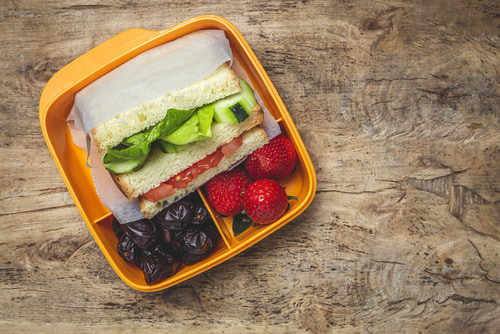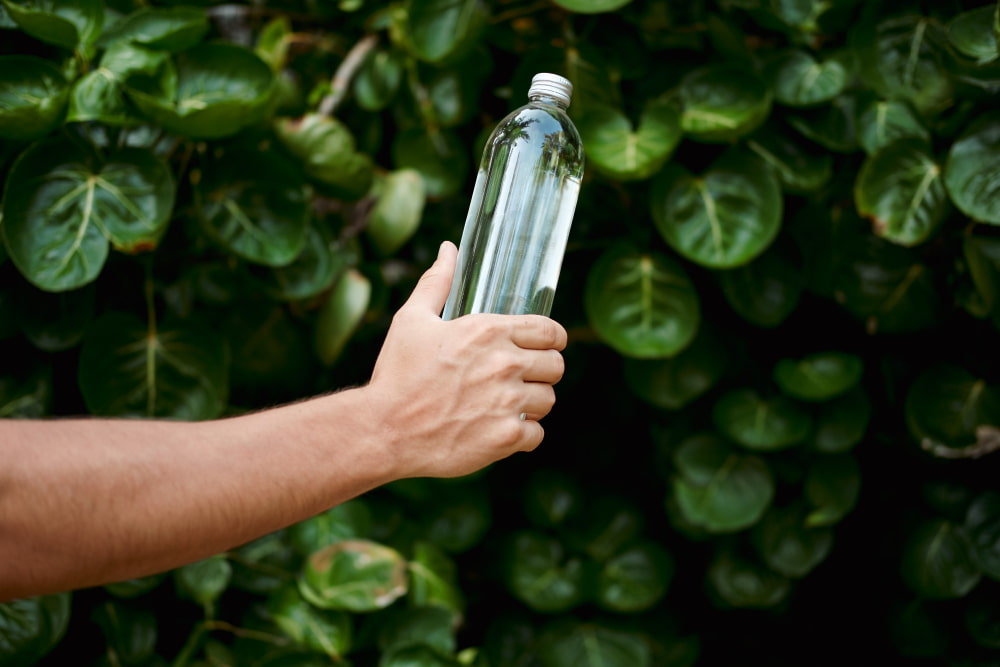Blog
Plastics in the kitchen: which ones to use and which ones to avoid

You open a kitchen drawer and find a pile of containers in different sizes, reusable bottles, colorful utensils, and maybe even some supermarket packaging you plan to reuse. Everything seems useful, practical—just part of your routine. But have you ever stopped to ask yourself: what are these items made of? Or what happens to those plastics when you heat them, wash them repeatedly, or use them more than you should? Not all plastics are the same, and though you may not notice it, some release substances that end up in your food. That’s why at KuokoKitchen, we believe it’s worth taking a moment to ask: what plastics are you using in your kitchen, and which ones should you stop using now?
Los plásticos en contacto con alimentos
Cuando los plásticos se calientan o deterioran, pueden liberar sustancias químicas que migran a los alimentos. Algunas de estas sustancias, como el bisfenol A (BPA) o los ftalatos, han sido asociadas con trastornos hormonales, problemas de fertilidad y otros efectos en la salud. Por eso, no basta con que un recipiente sea “de plástico”; es importante conocer el tipo de plástico y su uso recomendado.
Plastics in Contact with Food
When plastics are heated or become worn out, they can release chemicals that migrate into food. Some of these substances—like bisphenol A (BPA) and phthalates—have been linked to hormonal disruptions, fertility issues, and other health effects. That’s why it’s not enough for a container to simply be “plastic”—it’s essential to know what type of plastic it is and how it should be used.
Types of Plastics and Their Classification
Plastics are identified by a number from 1 to 7 inside a triangle of arrows—this is the recycling code. That number gives us clues about the plastic’s composition and safety level:
- PET (1) – Polyethylene Terephthalate: found in water and soda bottles. It’s meant for single use only, as it can release toxic substances when reused or exposed to heat.
- HDPE (2) – High-Density Polyethylene: found in milk jugs, juice bottles, and cleaning product containers. One of the safest plastics, considered food-safe.
- PVC (3) – Polyvinyl Chloride: common in food wrap and some utensils. Contains phthalates and other additives that can migrate into food, especially when heated or in contact with fats. Best avoided.
- LDPE (4) – Low-Density Polyethylene: used in freezer bags and flexible wraps. Safer than PVC, though not recommended for use with hot foods.
- PP (5) – Polypropylene: widely used in food containers, reusable bottles, and yogurt cups. Heat-resistant, making it suitable for microwaves and dishwashers. One of the most recommended plastics for kitchen use. In terms of polypropylene toxicity, current studies show it is among the safest materials for food contact, as long as it’s used properly and not damaged.
- PS (6) – Polystyrene: found in meat trays, disposable cups, and fast food containers. Can release styrene, a potentially carcinogenic substance. Should be avoided.
- Other (7) – Includes mixed plastics or polycarbonates. Many contain BPA, though some are now labeled “BPA-free.” As a precaution, avoid this category unless the product clearly states it’s safe.

Plastics Recommended for Food Use
The safest plastics for storing or heating food are HDPE (2), LDPE (4), and PP (5). Among them, polypropylene (PP) is especially recommended: it withstands high temperatures, is durable, and won’t release harmful substances when used correctly.
When choosing containers, reusable bottles, or kitchen utensils, look for items clearly marked as microwave-, dishwasher-, or freezer-safe, depending on how you’ll use them. It’s also crucial to check that they are BPA-free, especially if they’ll be used to heat liquids or meals.
Plastics to Avoid
Plastics like PET (1), PVC (3), and PS (6) should be avoided in the kitchen, particularly when storing or heating food. PET, although safe for a single use, should not be reused, while PVC and PS can release toxic components when in contact with fats or exposed to heat.
Be cautious with plastics that lack clear labeling. If a container doesn’t indicate what type of plastic it is or whether it’s food-safe, it’s best not to use it with food.
Our Recommendations
- Avoid heating food in plastics that aren’t microwave-safe, as heat can accelerate the release of chemicals.
- Don’t reuse disposable containers, such as water bottles or prepackaged food trays.
- Replace damaged plastics: if a container is scratched, cloudy, or cracked, it’s time to let it go.
- Choose reusable alternatives, like glass or stainless steel containers, which don’t release chemicals and are more sustainable.
- Always read the labels, looking for products certified as food-safe and, when possible, BPA-free.
While plastics are a common part of our kitchens, not all are created equal—or equally safe. Knowing their classification and how to identify them allows us to make more conscious choices and reduce health risks. Choosing safe plastics, avoiding unnecessary heat, and prioritizing durable, non-toxic materials are key to a healthier kitchen and a more environmentally respectful lifestyle.


